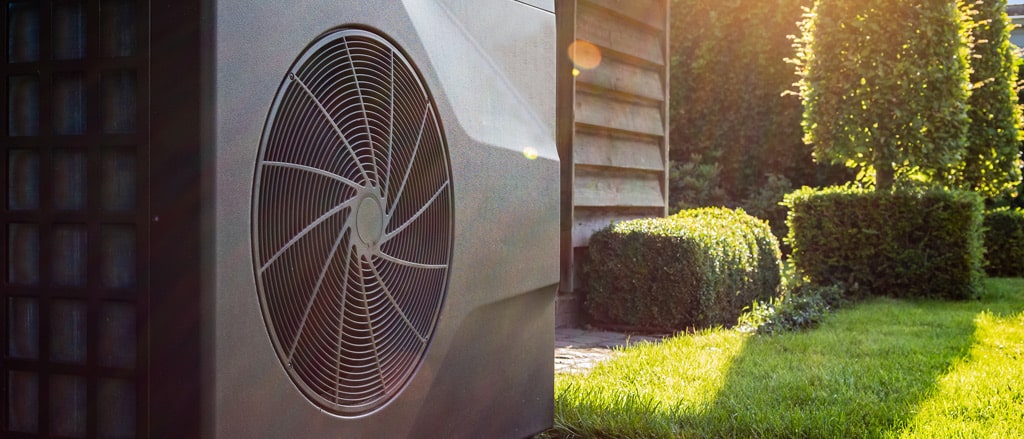If there’s one thing people hate it’s a large utility bill. That shock of a large payment just to maintain a comfortable temperature in the home is something that has frustrated people since central air became used. Depending on the home and the setup of the HVAC system, the traditional forced-air system with its mazes of ductwork, might not be the best option.
Central Air Disadvantages
The drawbacks of a forced-air system aren’t limited to just a large bill. As any homeowner with central air knows, not all parts of the house will receive the same level of cooling and passive heat loss/gain from the environment. Uneven heating and cooling has led to numerous fights over control of the thermostat.
You house will lose and gain heat naturally. And that heat loss doesn’t happen homogenously across the entire home, either. Rooms that share a wall with the outside sun-facing walls will naturally gain heat faster and the rooms that don’t receive sun will lose heat faster in winter. To change the temperature in one room requires you to adjust the thermostat and cool the entire house for that single room. It’s not a terribly efficient way of doing things.
Speaking of inefficiencies, a large, central machine to handle the heating and cooling needs of a house isn’t always the best option. Not only does it have the affected inefficiencies from using it to cool a single room versus the entire home, it is also not as efficient as other systems of cooling. Size is a factor but also the ductwork itself. There are inherent losses simply by using ductwork.
Going Ductless
Rectifying all of those disadvantages is actually surprisingly easy – ditching the ducts and using a ductless setup. A ductless system uses a number of smaller heat pumps to provide heating and cooling for the home instead of one large one. Think about a hotel with its small AC unit for every room. That’s a ductless setup.
The issue of uneven cooling and heat loss/gain is neatly controlled with ductless systems. Every individual room, and even whole floors or zones, within a home can be independently controlled of the other ones for efficient temperature management. Each pump will have its own thermostat as well. This means that when the system is running, the air doesn’t have to reach the triggering temperature at a central location in the home, but as each room changes it can be managed.
This system of smaller heat pumps is incredibly efficient. The losses of ductwork is no longer an issue and with the right setup these systems can attain efficiency ranges that blow a large central heat pump out of the water. In the right configuration, efficiency of 300% or more aren’t uncommon. That’s a massive gain over other systems. A high number in efficiency means a low number on your utility bill. And since 40% of a utility bill is typically from heating and cooling, that adds up to considerable savings.
A ductless system isn’t the best option for everyone. Each home and every customer are unique and will have their own needs and benefit from one method over another. If you want to discuss your options in heating and cooling don’t hesitate to give us a call at MightyServ to discuss your options.









